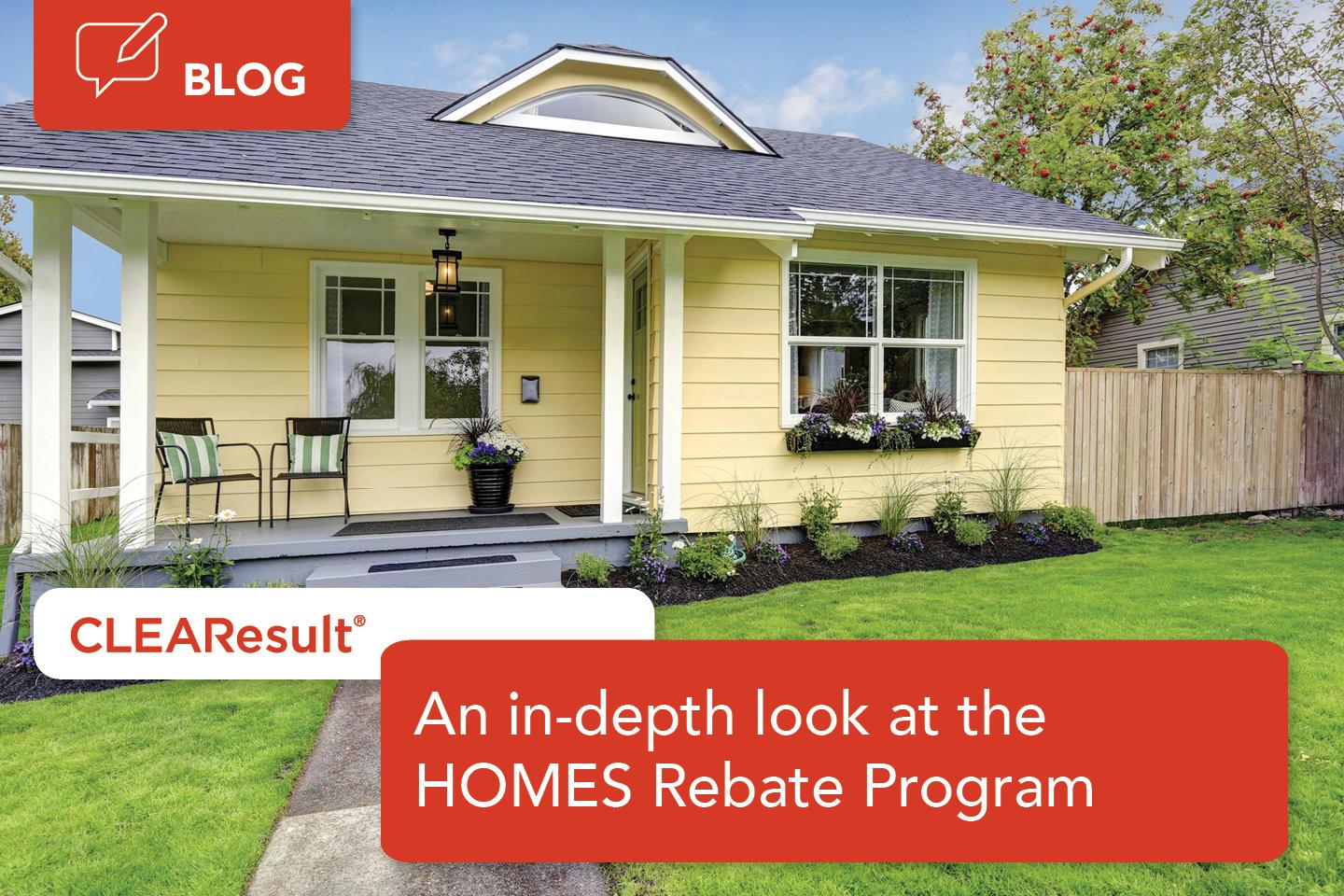An in-depth look at the HOMES Rebate Program

Thanks to the Inflation Reduction Act (IRA), a future where all homes are energy-efficient is now within reach. One of its most impactful approaches is the HOMES rebate program. With policy roots as far back as 2009, it gets to the heart of decarbonization by setting aside $4.3 billion specifically for whole home retrofits. From insulation and air sealing to appliance installation and HVAC replacements, this program’s broad and holistic approach to efficiency makes it stand out.
What makes this program unique?
It holds contractors and installers accountable for their work by leveraging performance-based incentives. Rebates are paid to them based on your home’s actual energy savings after installation. These types of performance-based incentives help ensure high-quality installations, putting the risk and responsibility on installers to get the job done right. All you’ll need to worry about is agreeing to a project price within your budget. The best part? There are plenty of rebates available to help keep costs down.
How are rebates determined?
First and foremost, the rebates available through the HOMES program aren’t restricted by income. They are determined by the actual performance of your whole-home energy efficiency and electrification improvements. However, it’s important to note that improvements must yield energy savings of at least 20% to participate in this program. Once this initial threshold is met, single-family home retrofits with modeled energy savings of 20%–35% can receive up to $2,000, and projects with modeled energy savings above 35% can receive up to $4,000 in rebates.
Does this program help people with low-or moderate-income (LMI)?
The HOMES rebate program helps level the playing field so Americans with the highest energy burdens can finally afford much-needed upgrades. How? Rebates are doubled for LMI households (individuals making less than 80% of the area’s median income). That means a retrofit for a low-income household with a projected energy savings of over 35% could get a rebate as high as $8,000. Furthermore, contractors can claim a $200 rebate per under resourced home they work on. With these incentives in place, we expect to see a rise in affordable, energy-efficient housing over the next decade.
Can the HOMES rebates be combined with other incentives?
Yes! The IRA does not prohibit combining HOMES rebates with federal tax credits like 25C (Energy Efficient Home Improvement Credit), or with state and utility rebate programs. This “incentive stacking” or “double dipping” will encourage more households to pursue energy efficiency upgrades. However, people should note that the IRA does block participants of the HOMES rebate program from receiving some funds from other federal grants or rebates—including the new High-Efficiency Electric Home Rebate Act.
Sounds great! How can my household participate?
For now, just hang tight. Funds will be dispersed on a local level. Over the next 10 years, $4.3 billion will flow through state energy offices into the homes of Americans across the nation. As a result, existing programs will have to be amended, or entirely new ones designed, opening the door for new technology partners and implementors like us to make an impact. We look forward to rolling out the amazing benefits of this program soon.
Here are the sample rebate scenarios for a single-family detached home.
